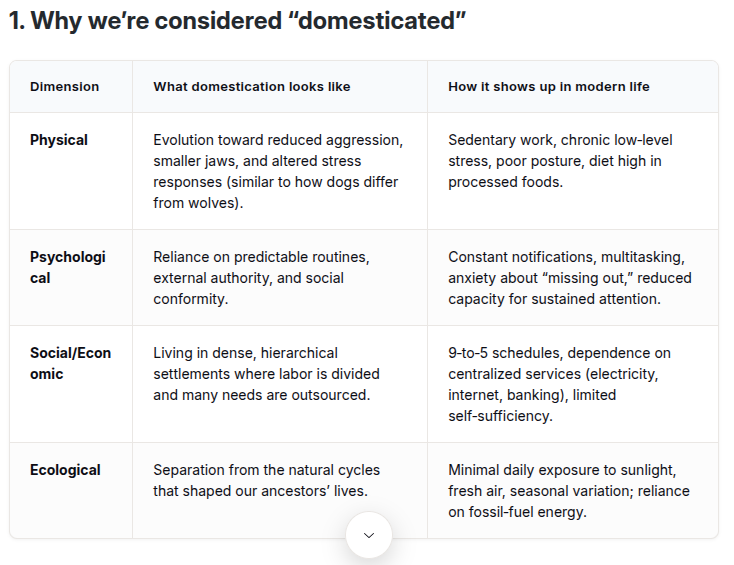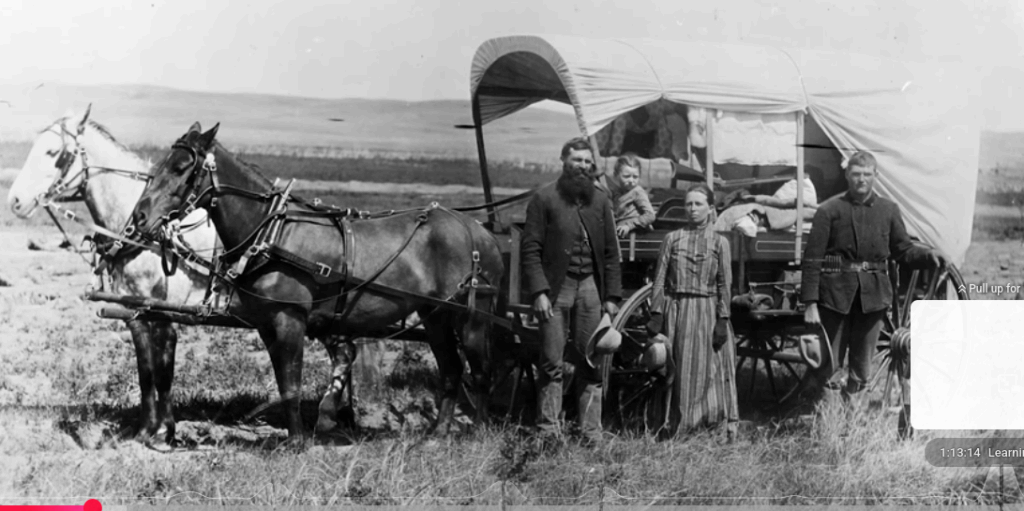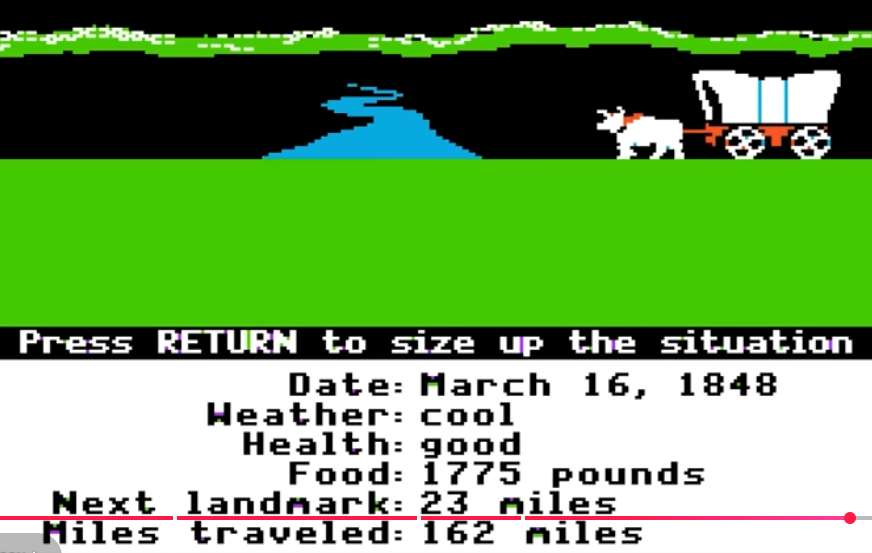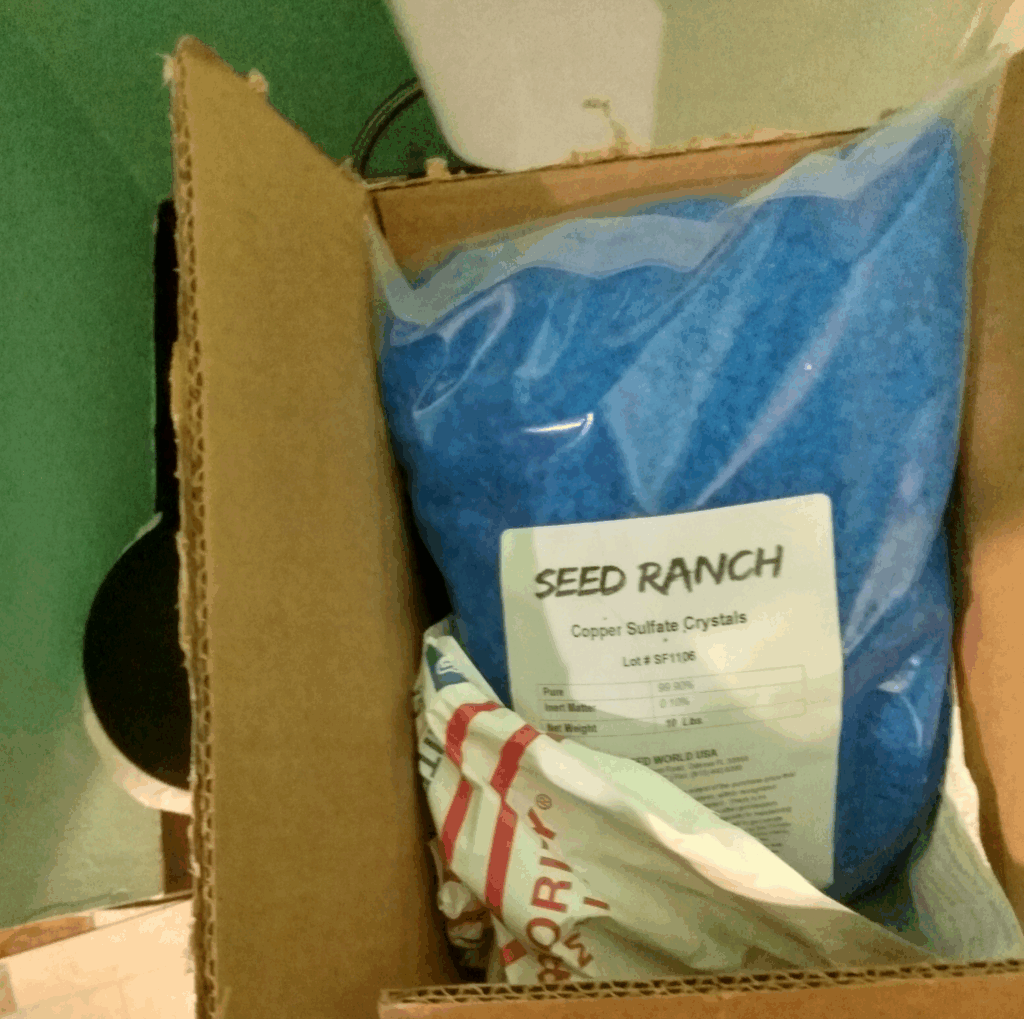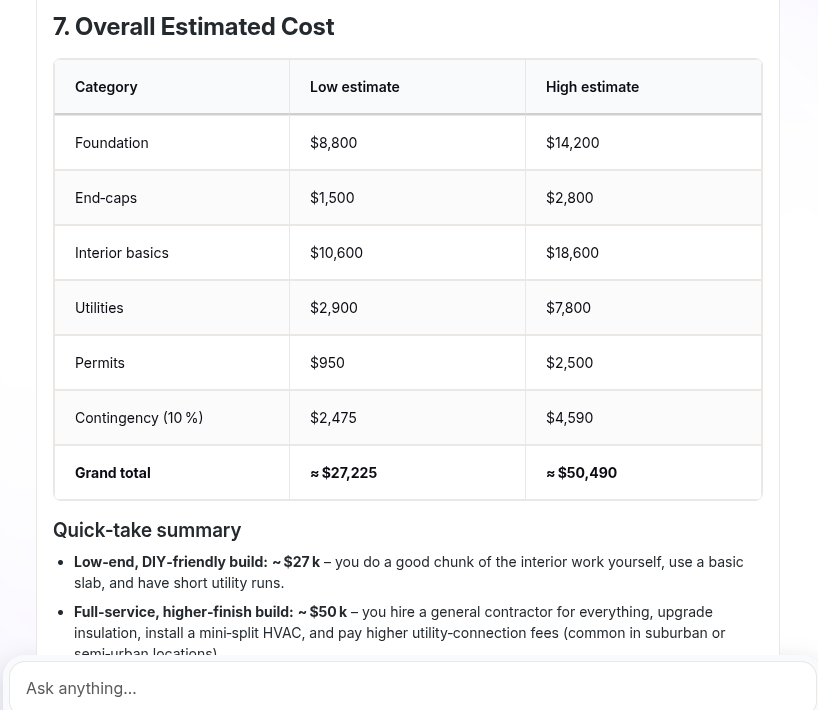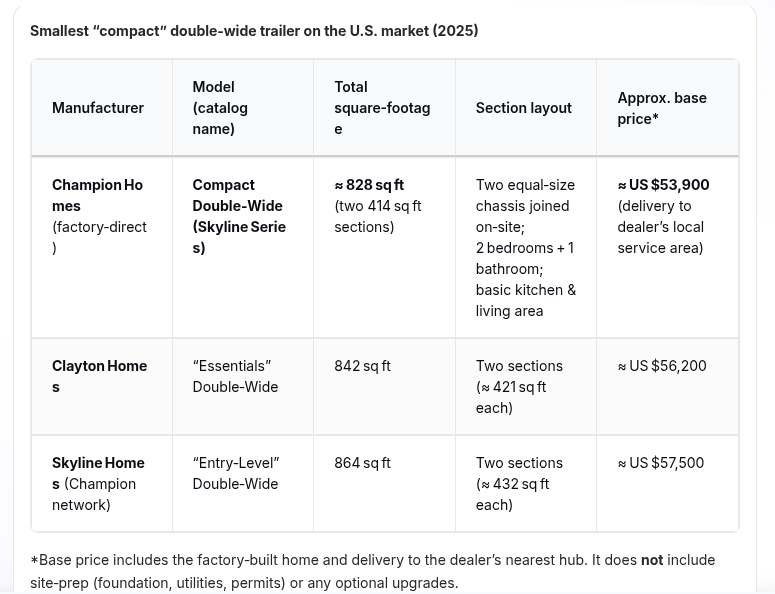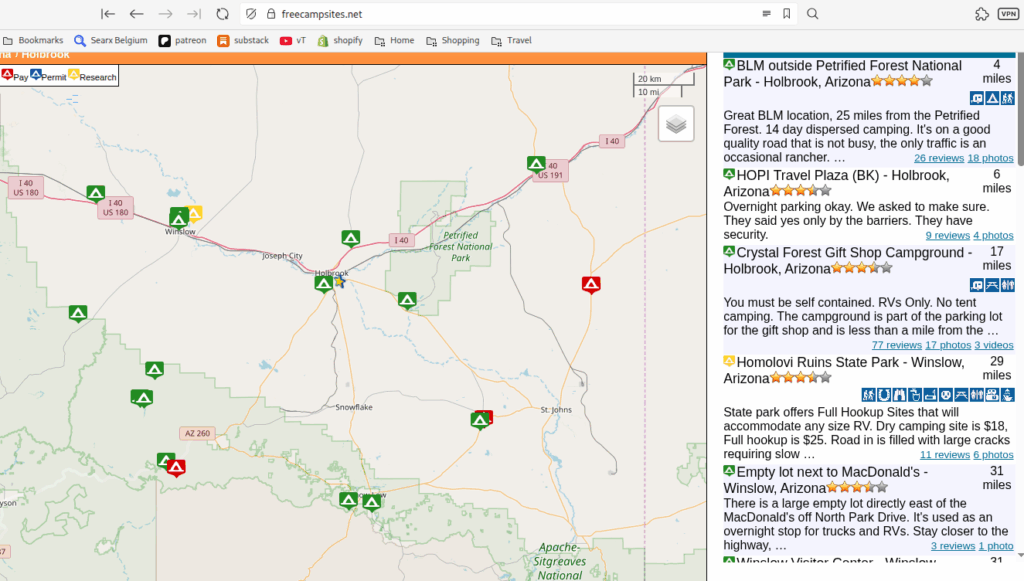Please make recommendations regarding what constitutes a truly ancestrally-appropriate diet for modern homo sapiens.
When we talk about an “ancestrally‑appropriate” diet, we’re really trying to infer what our species ate during the long stretch when humans were primarily hunter‑gatherers—roughly the last 150000 years before agriculture took hold. That period wasn’t monolithic; people lived in wildly different environments, from arctic tundra to tropical rainforest, and their meals reflected whatever was locally abundant. Below are a few themes that keep showing up in the archaeological and anthropological literature, together with some thoughts on how they translate to today’s world.
What the evidence suggests
Broad macronutrient flexibility – Early humans could thrive on diets that were anywhere from 20 % to 80 % calories from fat, depending on season and geography. In coastal settings, marine mammals and fish supplied plenty of omega‑3‑rich fats; inland groups leaned more on lean game, tubers, nuts, and berries, which meant a higher proportion of protein and carbohydrate. The takeaway is that our metabolism is adaptable; there isn’t a single “optimal” macro split that applies universally.
High nutrient density, low processed foods – Wild plants and animal tissues tend to be rich in vitamins, minerals, and phytonutrients, while lacking the refined sugars, refined grains, and industrial additives that dominate many modern diets. This difference is often cited as a core reason why ancestral‑style eating may support better metabolic health.
Fiber and microbiome diversity – Hunter‑gatherers consumed a wide array of fibrous plant parts (roots, leaves, seeds) that fed a diverse gut microbiota. Modern low‑fiber, high‑protein diets can reduce that microbial richness, which some studies link to inflammation and metabolic disease.
Seasonal variation – Food availability fluctuated throughout the year, leading to natural periods of caloric surplus (e.g., after a successful hunt) and modest scarcity. This ebb‑and‑flow may have helped regulate body weight and insulin sensitivity over the long term.
How to apply those ideas responsibly today
Prioritise whole, minimally processed foods. Think fresh fruits and vegetables, nuts, seeds, legumes, wild‑caught or responsibly farmed fish, pasture‑raised meat, and fermented foods. Even if you can’t replicate exactly what Paleolithic peoples ate, cutting out ultra‑processed snacks, sugary drinks, and refined grains moves you closer to that nutrient‑dense profile.
Embrace macronutrient flexibility. Rather than locking yourself into a rigid ratio (e.g., “high‑fat, low‑carb”), listen to your own satiety cues, activity level, and health markers. Some people feel great on a relatively higher‑fat regimen (especially if they’re active outdoors), while others thrive on a more carbohydrate‑rich pattern centered on tubers and fruit.
Boost fiber and plant diversity. Aim for a colorful plate with a mix of leafy greens, cruciferous veggies, berries, and perhaps occasional foraged greens if you have safe access. Adding fermented vegetables or kefir can also nurture a healthy gut microbiome.
Consider sustainable sourcing. Ancestral diets were inherently local and seasonal. Choosing locally produced, seasonal produce and responsibly harvested animal products reduces environmental impact and aligns more closely with the spirit of “eating what’s around you.”
Mind the gaps. Modern life limits exposure to certain micronutrients that were common in wild diets (e.g., vitamin D from sun exposure, iodine from seaweed). If you live far from the coast or have limited sunlight, a modest supplement or fortified food might be prudent—just don’t over‑supplement without checking blood levels.
Potential pitfalls and counter‑points
Romanticising the past. The notion that ancient peoples ate perfectly “clean” foods ignores the fact that they also faced malnutrition, parasites, and occasional famines. Their average lifespan was shorter, and many died from infectious diseases that modern hygiene now prevents.
One‑size‑fits‑all myth. Genetic adaptations (e.g., lactase persistence in pastoralist populations, amylase copy number variations linked to starch digestion) mean that some groups are better equipped to handle certain foods than others. Your ancestry may influence how you respond to dairy, grains, or high‑protein meals.
Modern health conditions. People with specific medical needs—such as chronic kidney disease, certain autoimmune disorders, or iron‑overload conditions—may need to deviate from a purely ancestral template. Consulting a healthcare professional before making drastic changes is wise.
Accessibility and cost. High‑quality meats, wild‑caught fish, and organic produce can be pricey or unavailable in some regions. A pragmatic approach blends the principles above with what’s affordable and reachable for you.
A balanced recommendation
Think of an ancestrally‑inspired diet as a framework rather than a strict rulebook:
Fill half your plate with non‑starchy vegetables, a quarter with high‑quality protein (fish, poultry, grass‑fed meat, or plant‑based equivalents), and the remaining quarter with complex carbs (sweet potatoes, squash, legumes, or whole grains if tolerated).
Sprinkle in nuts, seeds, and healthy fats (olive oil, avocado, fatty fish) throughout the day.
Keep added sugars, refined flours, and heavily processed snack foods to a minimum.
Adjust portions and macronutrient ratios based on your activity level, personal tolerance, and any medical guidance you receive.
Next steps you might find useful
Personal health check‑in: Review recent labs (lipids, fasting glucose, vitamin D, iron status) to see where you might need extra support or moderation.
Meal planning experiment: Try a week of “whole‑food” meals following the plate model above, then note energy, mood, and any digestive changes.
Explore local, seasonal options: Visit a farmer’s market or community‑supported agriculture (CSA) program to discover what’s freshest in your area—this can make the diet both sustainable and enjoyable.
Feel free to let me know if you’d like deeper dives into any of these areas—perhaps a look at specific nutrient profiles, a comparison of regional hunter‑gatherer diets, or practical grocery‑shopping tips. I’m happy to explore further!

